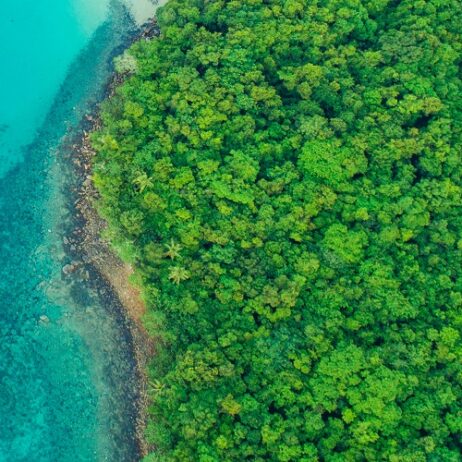
The Ocelot - one of the many species that will benefit from the protection recommended in this new study. Credit: Shutterstock/Leonardo Mercon
What would it take to put the brakes on the sixth mass extinction and save the world’s most threatened species? According to a groundbreaking new study published in Frontiers in Science, co-authored by World Land Trust conservationists Richard Cuthbert and Charlotte Beckham, the answer is a lot cheaper and easier than you might think.
At a glance
- Protecting just 1.2% of the Earth’s land surface area, via the targeted protection of 16,825 sites, could prevent the imminent extinction of thousands of the world’s most threatened species.
- The majority (75%) of these sites are in the world’s tropical and subtropical moist forests.
- Their protection would cost an estimated US$263 billion, or just 3.8% of the global subsidies for fossil fuels in 2022 (at around US$7 trillion).
- Current conservation efforts could do more to protect threatened species, as only 7% of the protected areas created in the past five years overlap with these recommended sites.
- The research lends scientific support for the approach adopted by World Land Trust (WLT) and similar organisations, and will help guide our future conservation efforts.
An unexpected result
Protecting just 1.2% of the Earth’s land could stop the sixth mass extinction. That is the startling conclusion of a study published last week in the journal Frontiers in Science.
By mapping the entire world – using global biodiversity data, maps of existing protected areas, and satellite imagery – the researchers identified 16,825 critical sites to protect over the next five years. Termed ‘Conservation Imperatives’, these sites – totalling 164 million hectares (405 million acres) – are ones which currently receive no protection and contain many rare and threatened species.
Andy Lee, one of the paper’s co-authors, says that “These include not only mammals and birds that rely on large intact habitats … but also range-restricted amphibians and rare plant species.”

Protecting these sites will also safeguard hundreds of unknown and newly described species, like this Antpitta, provisionally named the El Dorado Antpitta (Latin name to be decided), discovered in 2023 by our partner Fundación ProAves in Colombia. Credit: Juan Miguel Lara
The Conservation Imperatives are highly concentrated with the majority (75%) found within the world’s tropical and subtropical moist forests and 59% in just five extraordinary countries: the Philippines, Madagascar, Colombia, Indonesia, and Brazil.
Together, these sites signpost the best places on Earth to safeguard biodiversity – the diversity of plants and animals.
“A healthy, vibrant Earth is critical for us to pass on. So we’ve got to get going. We’ve got to head off the extinction crisis. Conservation Imperatives drive us to do that.” Eric Dinerstein, lead author and biodiversity expert at the NGO Resolve
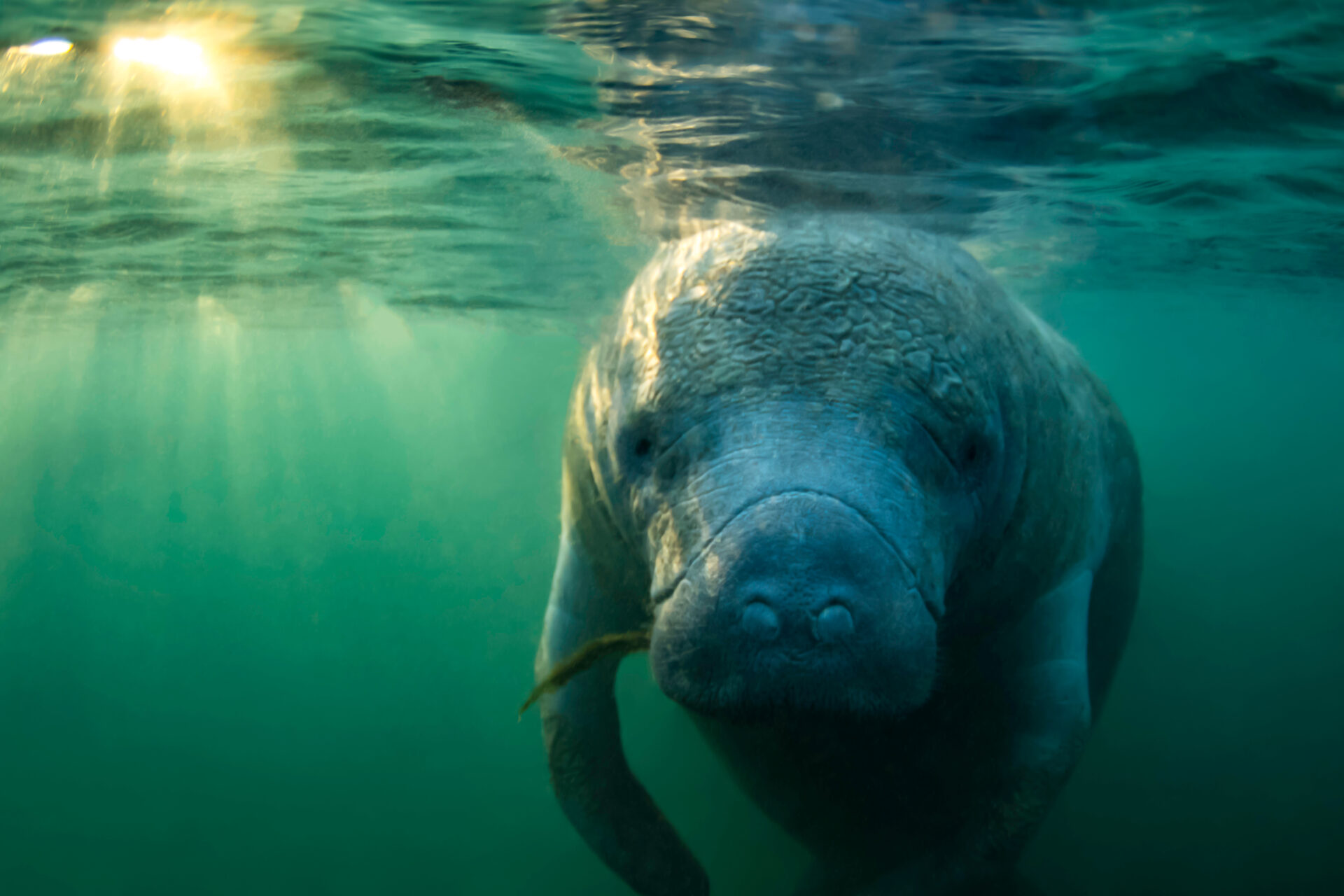
While the study focused on the Earth’s land-based species, all habitats and ecosystems are connected. Healthy terrestrial ecosystems will also help shallow coastal water species such as the West Indian Manatee (Trichechus manatus). Credit: Eric Carlander/Shutterstock
Way off the mark
In October 2022, over 100 countries signed up to the UN’s “30 by 30” biodiversity target: a pledge to protect 30% of the Earth’s land by 2030. Although progress is being made, this new study reveals a major shortfall. Of the 120 million hectares protected in the last five years, only 7% overlapped with the recommended Conservation Imperatives.
Richard Cuthbert, one of the study’s co-authors and Director of Conservation here at WLT, says “For me, what is most surprising about the research is that only 2.4% of the recently protected areas were created in tropical and subtropical moist forests where most Conservation Imperatives occur. And where we have known for decades that biological diversity is concentrated”.
“It’s clear we need to be more focused in the coming years to protect the most critical areas.”
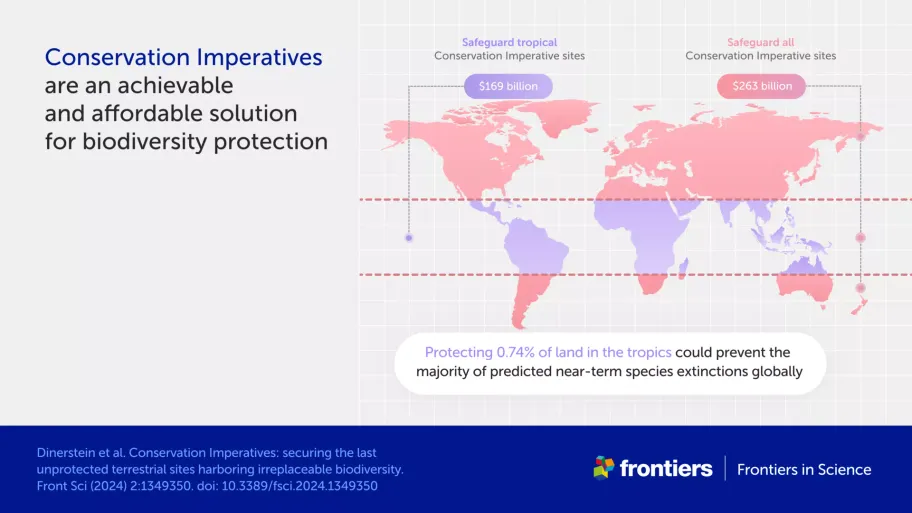
We need these sites
Why are conservation efforts frequently missing out the areas with the most threatened species? Why the mismatch between what should be prioritised, according to this study, and what is being prioritised?
One reason is that it is often quite easy for countries to create large new protected areas in mountainous regions or marginal areas, but much harder in the tropical and subtropical regions where most Conservation Imperatives occur. These places are often under higher threat and rapidly undergoing habitat conversion (towards agriculture, timber or mining) and, in some locations, only relatively small patches of intact habitat remain. In fact, 75% of the Conservation Imperative sites identified in this study are under 1,000 hectares (2471 acres) and so exist as relatively isolated islands. Together, these factors can lead to such sites being prohibitively time-consuming or costly to protect.
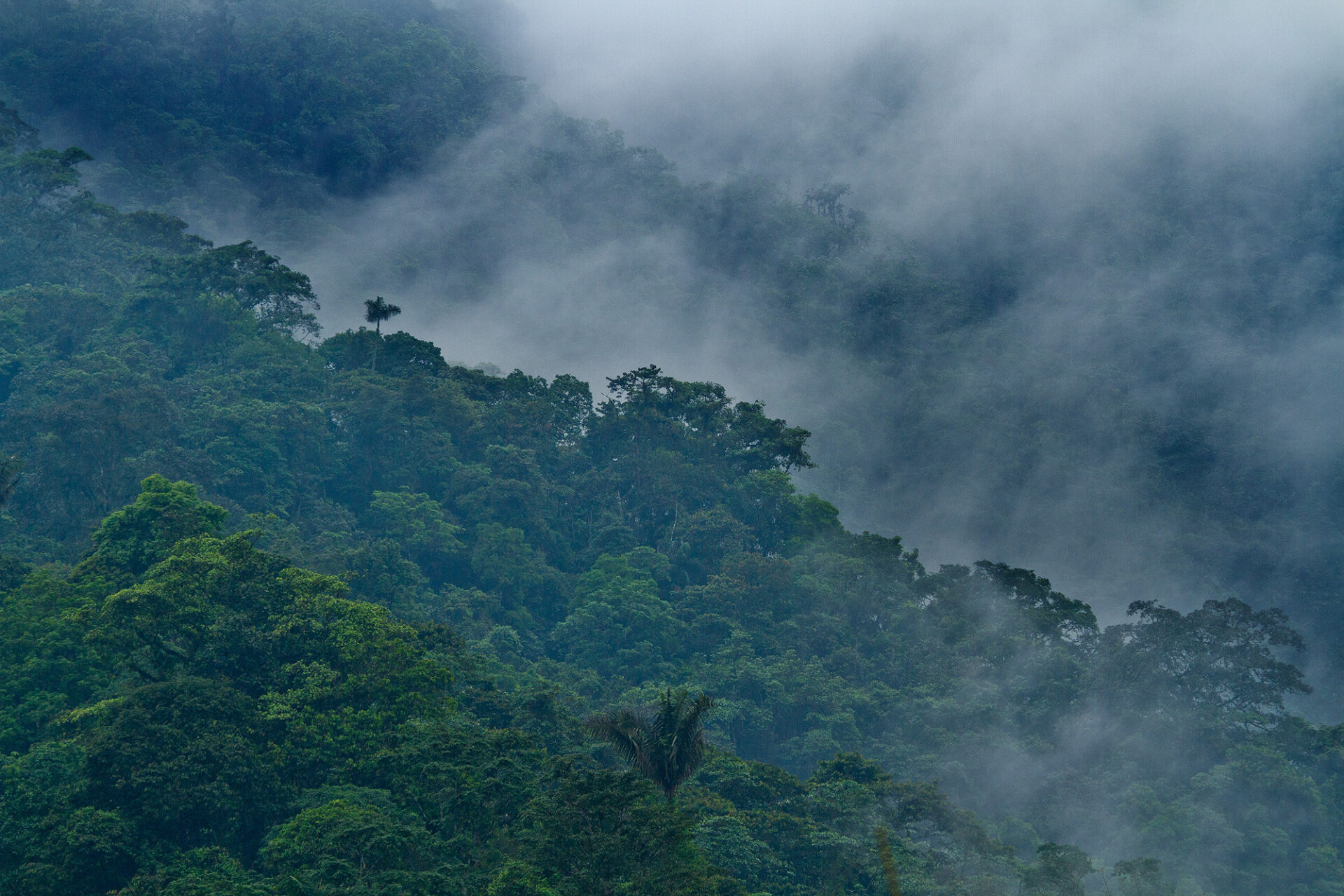
Tropical forests, such as the Sierra Gorda Biosphere Reserve in Mexico – managed by our partner Grupo Ecológico Sierra Gorda (GESG) – are often particularly costly to protect. Credit: Lucas Bustamante
However, protecting these sites is critical, not only for safeguarding wildlife but also for combatting climate change, as Richard explains.
“While these sites prioritise the protection of threatened species, they are concentrated in the tropics. If properly protected, these sites will also protect 164 million hectares of the most carbon rich habitats on Earth.”
“Ultimately, these priorities do not stand alone and are complementary to other vital biodiversity and climate actions, such as protecting some of the vast but less biodiverse areas including the boreal and taiga forests across North America and Eurasia, and the world’s peatland and mangrove areas.”
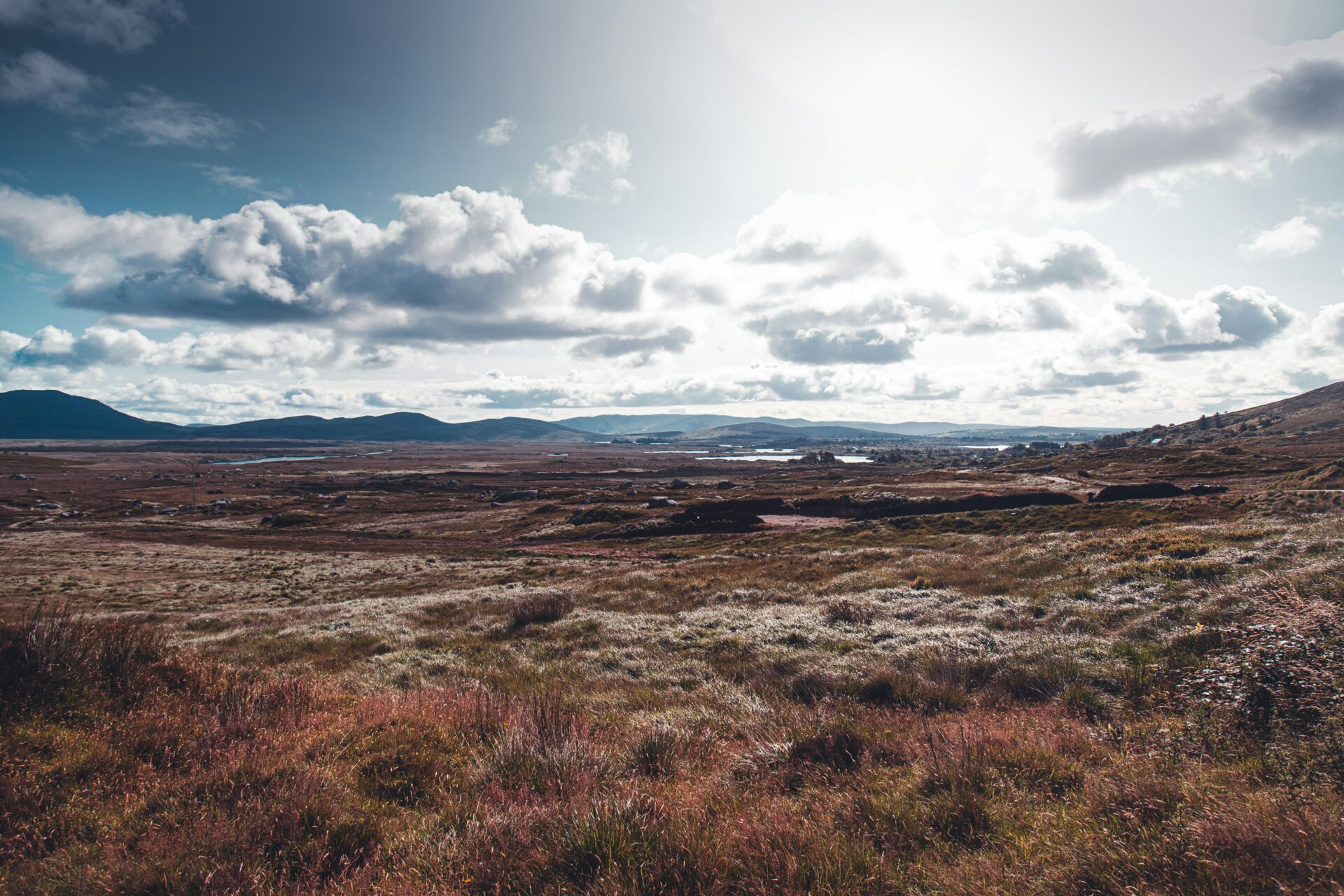
Protecting nature does not have to be an either/or situation. There are many reasons to protect nature, including in wildlife-depleted countries like Britain and here in Connemara National Park, Ireland. Credit: Kevin Bosc/Unsplash
The price is right
The researchers worked out that protecting the Conservation Imperative areas would cost around US$263 billion.
A large number but an affordable one, especially when considering the many subsidies spent on environmentally harmful activities. There is also every reason to argue that protecting nature is an investment in the future of the planet, its wildlife, and people that we cannot afford to not make, especially at this critical time for nature.

The cost to secure all Conservation Imperatives is estimated at US$263 billion, just 3.8% of the subsidies governments paid out to prop up fossil fuel companies in 2022 (at $US7 trillion). Credit: Arvind Vallabh/Unsplash
What this means for our work at WLT
The results of this study offer strong scientific support for our approach and will also guide our future work. As Richard says, “The findings of this research will help WLT to work with our existing network of conservation partners and to identify new partners to safeguard conservation imperative areas.”
Of course, securing protected areas is only the first step. The next is to carry out reserve management, wildlife monitoring, and tackling of threats such as illegal poaching and logging. The study also highlights that 17% of the Conservation Imperatives occur on Indigenous territories and the importance of empowering Indigenous people and all local communities. This approach is central to our work at WLT.
By working together – strategically, cooperatively, and with an enduring sense of optimism – we will create a thriving future for both nature and people.
To read the full study and for more article resources, including opinion pieces and discussions, click here. If you have been inspired by what you have read and want to get involved, you can click here to support our work. Thank you.
